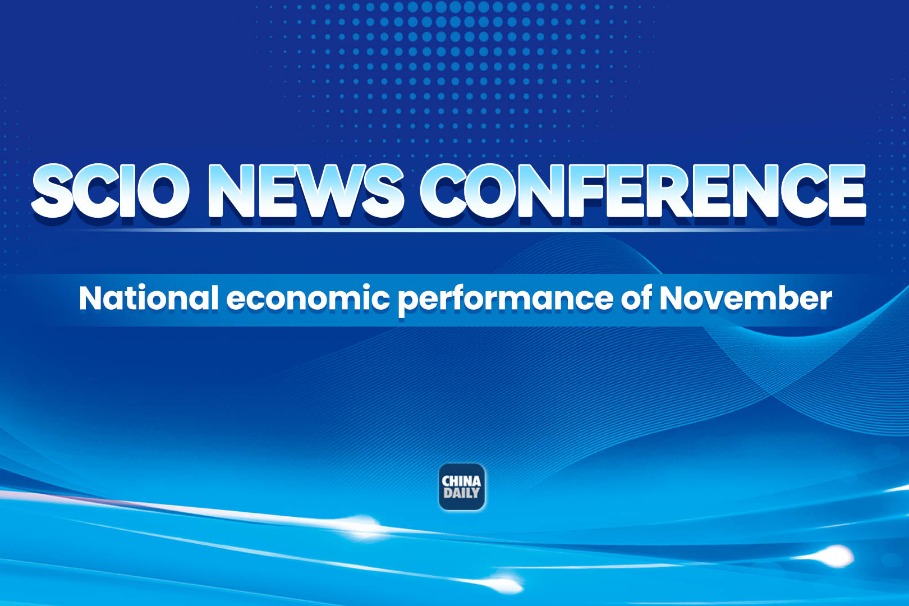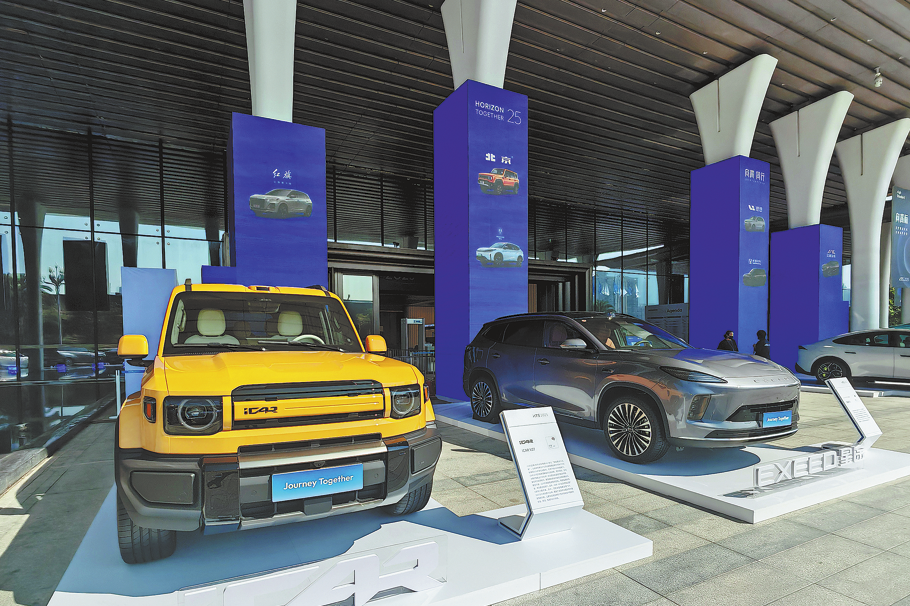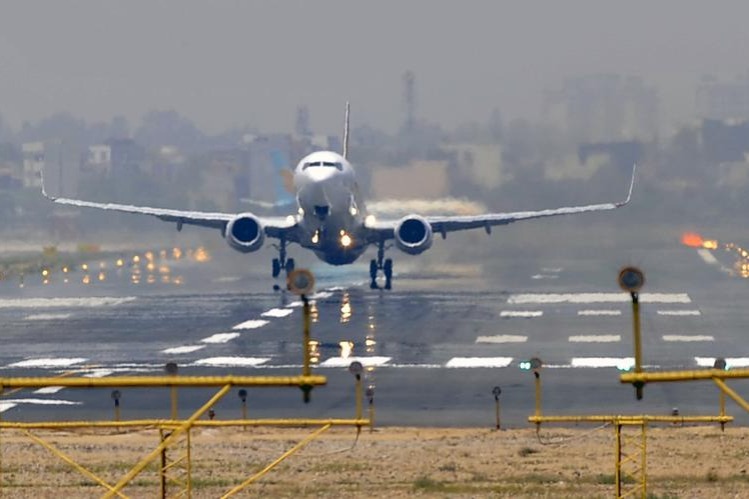F1 revving up for changes
New regulations will bring new challenges for teams and drivers

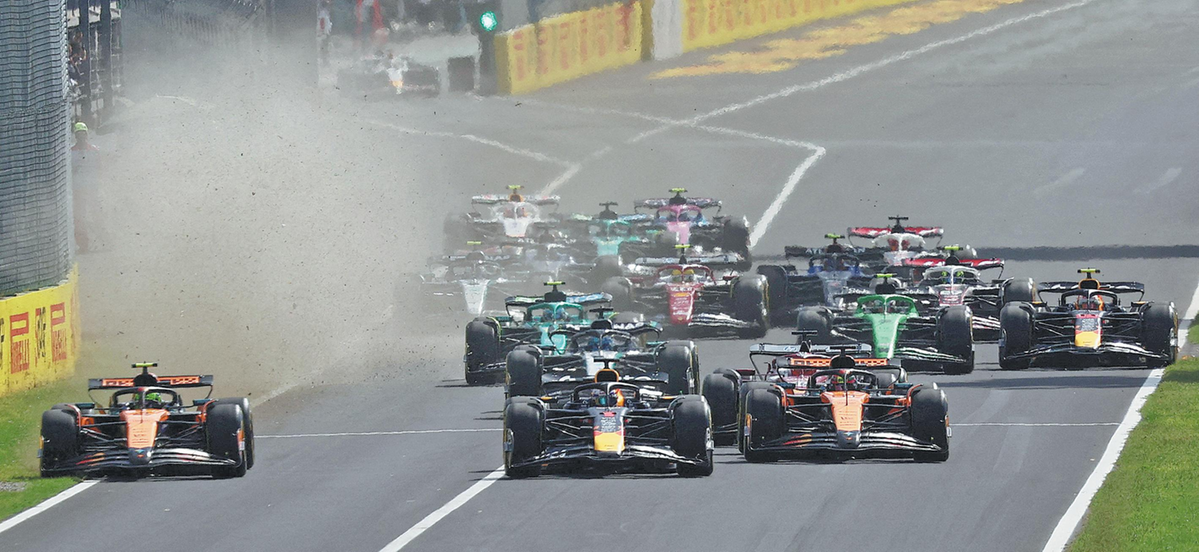
Next year, Formula One will see one of its biggest changes in a generation.
Sweeping new regulations will change how cars look, sound and run. The goal is to make them more "agile, competitive, safer and more sustainable," governing body FIA said. Some teams all but abandoned their 2025 car designs early this year in search of the biggest boost they could get in 2026.
Reporters spoke with Nikolas Tombazis, who is overseeing the transition to the new rules as the director for single-seater racing series at the FIA, to explain how the changes will affect the action on track, and what could still change.
'Bigger gaps' possible
Teams are guarding their development data, but what has become public suggests the slowest cars could be way off the pace.
Tire manufacturer Pirelli has confirmed that the estimated lap times it has received from teams vary by as much as four seconds, a relative eternity in F1. Tombazis acknowledges that new engine manufacturers may need extra development time to catch up on "15 years of know-how "from the likes of Mercedes.
F1 has a rule which could, in theory, rule cars out if their qualifying times aren't within 107 percent of the fastest car. So could cars be deemed too slow to race?
"I think 107 percent is pretty unlikely, in my view," Tombazis said. "Next year we have a wider level of uncertainty in performances, it's absolutely true. We have newcomers. We have new regulations. Two of those things combined can mean that there could be bigger gaps in some places."
The difference to 2025 could be stark. Despite McLaren's dominance so far this season, six different teams have finished on the podium, and less than a second has separated the entire field in some qualifying sessions.
Solving a 'scare story'
F1's strict testing rules mean these cars aren't on track, they're only in simulations made by the teams. Sometimes that can throw up alarming results, Tombazis said.
"When there's a scare story of 'OK, I drove the car and it did XYZ,' in 99 percent of the cases (of) that XYZ that maybe has worried the driver or a team, we then sit down and resolve it," he said.
One key area where rules could still adapt is how much work the drivers have to do. The new rules' emphasis on electric power means judging when and how to deploy that power could be a key skill. It's not yet clear how much of that will be automated.
Tombazis said the "extra work" of managing a car is already a key skill and forms a big part of the team radio chat that is so popular with fans, but "what we don't want to do is to create a situation where it goes to the other extreme, where the driving becomes like a chess game where it's just a matter of energy management and energy deployment."
Avoiding 'eternal misery'
The new rules keep the turbo hybrid engine design first introduced in 2014, but with more emphasis on electrical power. Many in F1 expect Mercedes, the engines of which have powered teams to nine constructors' title since 2014, will be the manufacturer to beat.
Struggling manufacturers can get exemptions allowing them to spend above the cost cap to develop upgrades for engines that are deemed too uncompetitive or unreliable. The FIA will check every six races to see who is eligible for the boost.
The cost cap "is essential for the financial sustainability of the sport, so I would obviously defend that to death," Tombazis said.
"But, on the other hand, it creates a problem that, if you are behind in performance in a significant manner, and you cannot outspend to recover the performance, you may be condemned to eternal misery by being eternally behind."
It won't be an instant fix. Tombazis emphasized. It just gives the manufacturer a chance to research a solution.
"We're not adding any artificial performance to any car or artificial ballast on any car, or anything like that," he said. "This is absolutely not something that will ever happen in Formula One."
Racing in the rain
Full wet tires might be the least useful item in the whole F1 paddock. When it's wet enough to use them, the tails of spray coming from the cars usually mean visibility is too poor to race.
That's partly because of the aerodynamic floors on the current cars. So the next generation could potentially mean more wet racing.
"I would be lying if I said that we had complete confidence about how the cars will perform in the rain in terms of spray and visibility," Tombazis said, adding the FIA wants to stop a repeat of the 2021 Belgian Grand Prix, when no green-flag racing was possible.
"When spectators pay a lot of money to spend the whole weekend sitting in attendance to watch a race, and then, eventually they have to go home (after very limited racing), that is absolutely terrible," he said. "There's a number of projects which are being evaluated in order to minimize the chance of that ever happening again, and I think there are some promising trends."
Agencies Via Xinhua
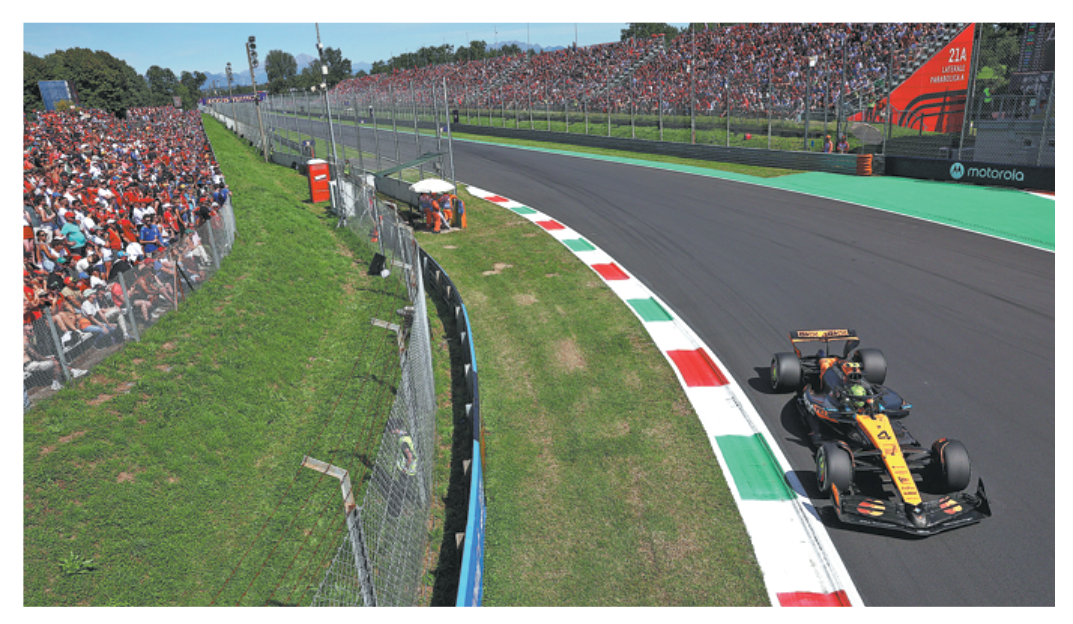
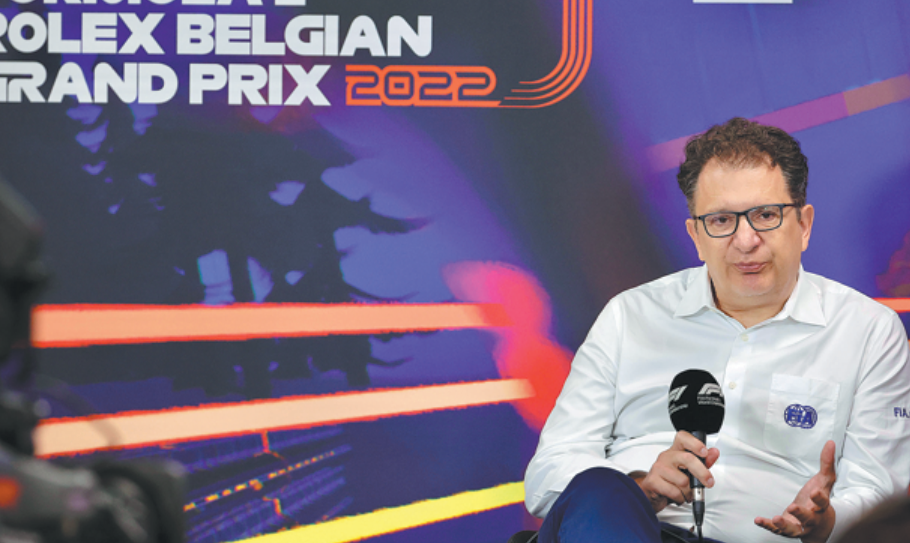
Today's Top News
- Xi stresses strategic importance of work to raise minors' moral standards
- Jimmy Lai found guilty of colluding with foreign forces
- Hong Kong court opens session to deliver verdict on Jimmy Lai's case
- China's economy posts steady growth in Nov
- Death toll rises to 16 in Sydney's Bondi Beach shooting
- Tariffs proving costly for US and partners

















